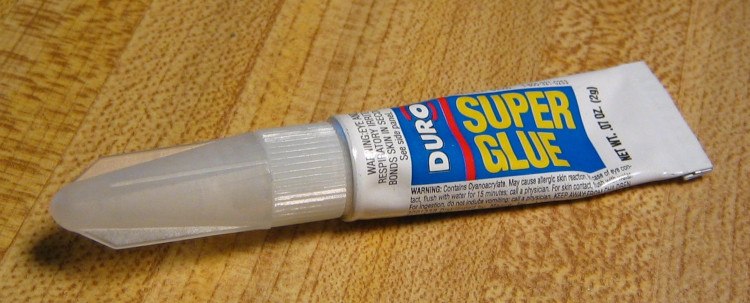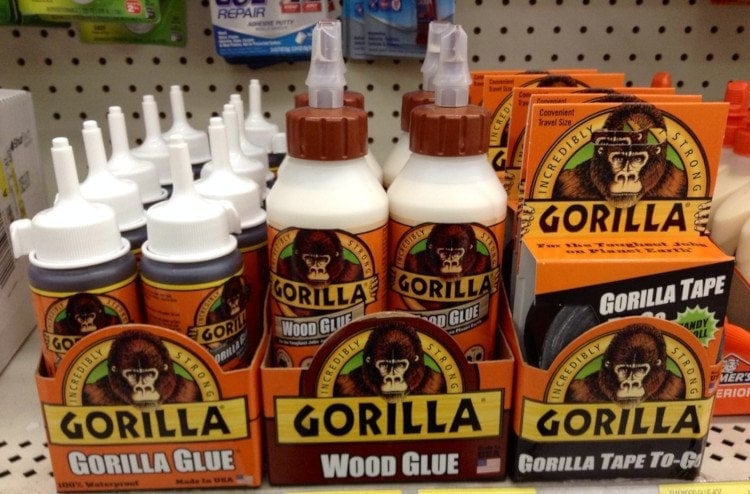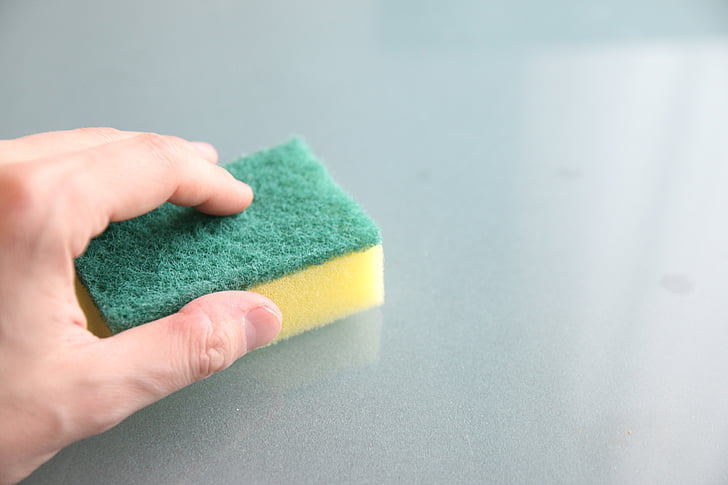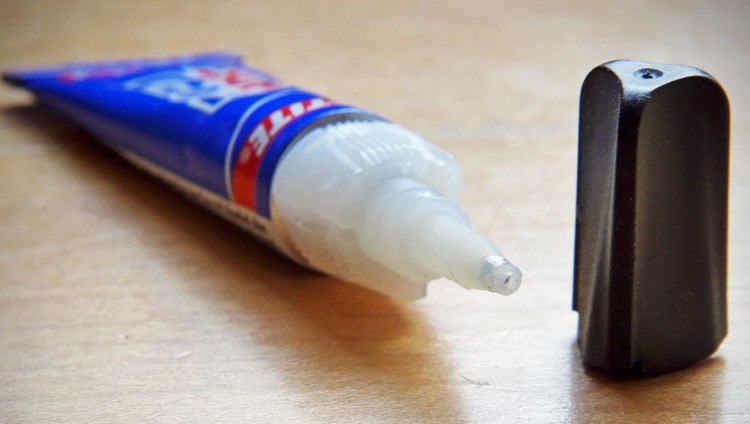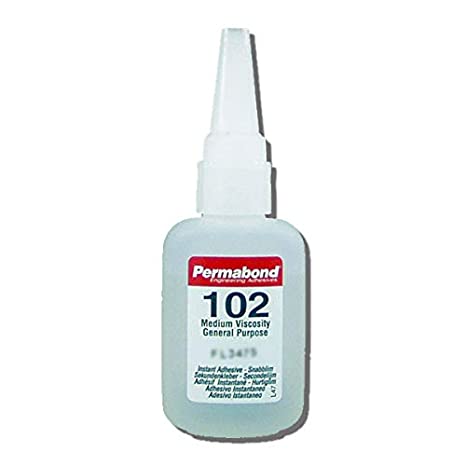How to Glue Rubber Together: Step-by-Step Guide (with Pictures)
-
Pete Ortiz
- Last updated:
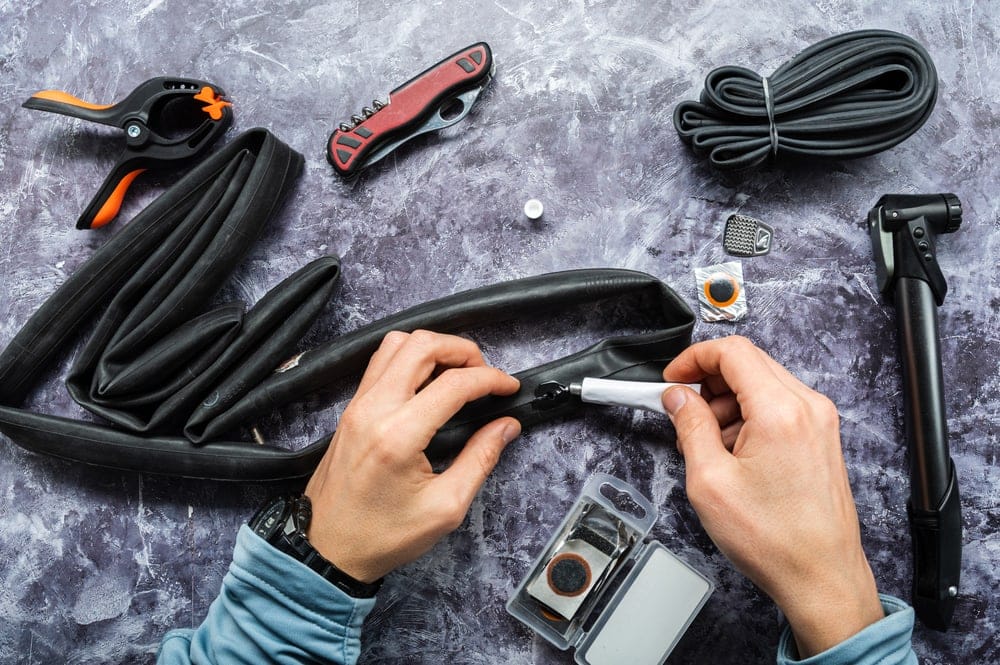
When you take a moment to think about it, it’s truly incredible how many things in our daily lives are made of rubber. All sorts of tires, the soles of our shoes, balls, hoses, inflatable tubes, and boats are all made of rubber, just to name a few.
With so many items around us made out of rubber, it can be handy to know how to repair it in a pinch. This article is for the person who needs a quick fix and also the person who just wants to know in advance. Read on to find out everything you know about gluing rubber together.
Before you start…
Sure, you could just slap any old glue on your rubber bonding project, but it might not be the most effective. Follow these steps to ensure a great final product.
Identify Your Type of Rubber
Yes, there’s more than just one type of rubber. In order to decide which glue is best, you have to identify the kind of rubber you are dealing with. Here are some of the most common rubbers and the products that are made from them.
- Nitrile Rubber: The most common rubber, also called hard rubber. Used for hoses, gaskets, conveyor belts, print rollers
- Butyl Rubber: Used in innertubes, linings, seals, stoppers.
- Natural Rubber: Used for mounting carpet backing, gaskets, and seals.
- Silicone Rubber: High heat resistance. Used for cookware, ovenware, medical devices, and prosthetics.
- EPDM Rubber: Automotive hoses, seals.
What Type of Glue Should You Use?
Super glue is a good bet
Cyanoacrylate instant adhesive, more commonly known as “super glue,” is a good product to try first, especially if you do not have a clue which kind of rubber you are working with. It’s a strong glue that still has flexibility, unlike epoxy glue, which dries very hard.
Because super glue cures instantly, you will know immediately if it will work or if you need to try something else. Potential problems with using super glue are that the bond can be so strong that the rubber will tear if pulled on too hard, so take care after using the adhesive.
Other kinds of glue that are good for rubber bonding
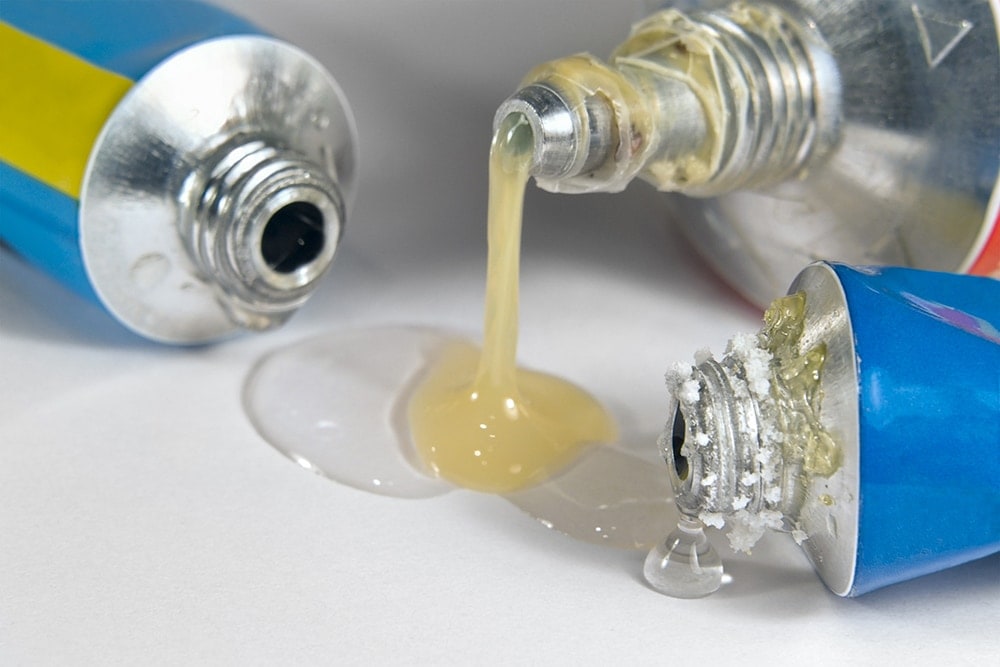
Brands like Permabond, ASI, Loctite, and many others make special glues for various materials, including different types of rubber. For nitrile rubber, Epoxy glue can work, but for silicone, you will need a specific kind of glue made especially for silicone.
Is Gorilla glue good for rubber?
Original Gorilla glue is a polyurethane glue that, when finished bonding, becomes very hard and has no elasticity. Therefore, it is not a good glue for rubber. Epoxy-type glue is not suitable for rubber either unless you want a hard bond that is inflexible. The Gorilla brand makes a variety of glue, including the best kind of glue for rubber, cyanoacrylate.
How to Glue Rubber Together
1. Prepare Your Surface for Bonding
There could be grease, lubricant, or additives on your rubber that you don’t know about. These work against good adhesion, so cleaning the surface is a good idea.
You may be tempted to reach for the acetone, but it can be too harsh on your rubber materials. Try wiping on isopropanol (IPA alcohol) to strip the rubber surface of any lingering chemicals from rubber manufacturing.
2. For any rubber, try out super glue first
If you don’t know the kind of rubber you have, start with super glue since it’s inexpensive (and you probably already have it in your junk drawer). Only use a tiny drop; a little goes a long way. Squeeze your rubber pieces together tightly. After about a minute, check for proper bonding.
3. For EPDM or natural rubber, use a special kind of “super glue”
Try to find a cyanoacrylate (“super glue”) specifically for EPDM or natural rubber. Many brands produce them and should specify on the label that it is made for gluing EPDM or natural rubber. Permabond, in particular, makes a cyanoacrylate called Permabond 105 for rubbers that are difficult to bond.
4. For silicone rubber, prime, then glue.
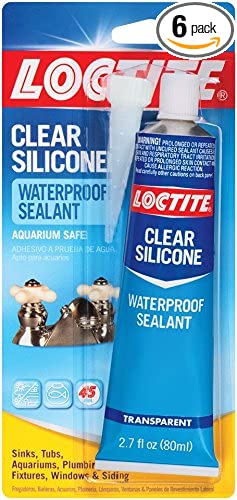
Silicone is tough to glue together, but you have a few options. First, you could use a gluing primer, then the special rubber glue we discussed. This method might not allow your rubber to be as flexible as you would like.
In that case, use the primer and then a glue-like Permabond 2050 cyanoacrylate or Loctite Silicone Waterproof Sealant. This creates an even seal around the glued spot that doesn’t flake off, allowing the rubber to flex and bend without the glue coming off.
You will need a longer set time than gluing with super glue for silicone rubber adhesives. You must set some time aside to hold it together or find a way to clamp your silicone rubber together. It can also get slippery, so be prepared for messes.
Also, if you are gluing silicone on kitchenware, ensure the glue is food-grade safe and heat-resistant.
5. Test it out

Finally, after the glue has had time to set properly, you can give it a little tug. You’ll only wait a minute or less for plain cyanoacrylate, but for the other types, you have to wait longer. Check your bottle of glue for the set times. After the tug test, if your glue isn’t sticking, you might need to try a different kind of adhesive.
Final Thoughts
As you read in this article, it’s not simple to glue rubber together. You need to pay attention to which kind of glue works best with certain kinds of rubber, of which there are many! Luckily, most glue companies know this and create the best kinds of glue for whichever rubber material you have.
See Also:
- How to Glue Wood Together: Step-by-Step Guide (with Pictures)
- How to Glue Metal to Metal: Step-by-Step Guide
Feature Image Credit: vzwer, Shutterstock
Contents



